Latin America Travel Specialist, Sarah, shares her experiences travelling through remote Guyana on South America’s North Atlantic coast in search of native wildlife.


Guyana is a country of pristine natural beauty and a diverse abundance of wildlife, flora and fauna, making it the perfect destination for nature lovers, bird enthusiasts and adventure seekers. I feel very privileged to be one of the few visitors to this remote, magical paradise.
A tour discovering the British and Dutch heritage of the coastal capital city, Georgetown, kicked off my trip. After meeting friendly English-speaking locals, a scenic light aircraft flight took me deeper inland. Gazing out of the window, the vivid green hues from the lush tropical rainforest below already had me mesmerized. Landing in a clearing in the dense rainforest, I had reached the Northern Rupununi Savannah.
After a short (and bumpy) transfer in the back of a pick-up truck, I was welcomed into remote Karanambu Lodge by Andrea and Salvador, the perfect hosts. Karanambu Lodge is a true Guyana highlight, a place extremely rich in nature and very much in tune with the local surroundings.


In the early evening a boat ride carried me along the Rupununi River to Crane Pond, covered in blooming Victoria Amazonica water lily. As the sun set, Salvador produced a bottle of chilled rum punch and freshly baked cookies and later the lustrous night sky illuminated the journey back with twinkling stars and the band of the Milky Way.
The following morning I rose early to search for the giant anteater, also known as ant bear. When I saw termite mounds towering over 6ft in height, I understood why the anteater’s live in this savannah. My guide spotted the first anteater in the distance so we set off on foot to stand just of feet away – the perfect spot to admire the elongated snout and bushy tail of this incredible creature.


A juicy mango, picked from a tree nearby took care of breakfast and we set off on a boat ride along Rupununi River. Drifting slowly, I spotted Green Ibis nesting in trees over the water, Heron diving to catch fish with their harpoon-like bill, Jabiru gracefully soaring through the skies, black Caiman basking in the sun on the river bank and even river turtles popping up to the surface for air.
When we arrived at Surama Eco Lodge we were welcomed by the local Amerindian community. Different cultures fascinate me and I found this insight in to the Makushi people very interesting. I learned the importance of retaining their culture and how tourism has impacted their way of life.
In the early evening we ventured into the forest to spot wildlife and learn about the flora and fauna. We took a very tranquil dugout canoe ride along Burro Burro River which gave me a profound feeling of peace, watching Toucans perched in the trees with their large colourful bill, Kingfishers living up to their name and listening to all the different bird calls that magnified into a beautiful bird Corus.


By the evening, word had spread in the Amerindian community of our arrival and we were entertained by a traditional Makushi fan dance in full native costumes – perfect end to a perfect day in North Rupununi.
Our next stop was Iwokrama, a million-acre rainforest reserve. I noticed the landscape change from the flat savannah plains to rusty red iron rich soil and dense rainforest. I couldn’t take my eyes off the road after learning that most sighting of the illusive Jaguar is along the unpaved road.
The Iwokrama River Lodge has a real focus on science and research and a mission to promote the conservation and sustainable use of tropical rain forests. It is impressive to see the valuable work carried out by the experienced forest researchers and staff at the lodge.


The highlight of this lodge is the close proximity to the dense rainforest. A trip to Iwokrama is not complete without going to the summit of Turtle Mountain. We started with a peaceful and scenic boat ride to the base of the mountain, spotting Anhinga’s perched on logs drying their wings along the way, set to a soundtrack of Macaw squawks echoing through the forest. After a challenging 1 hour walk to the summit of Turtle Mountain, my group were rewarded with sightings of Red Howlers and Black Spider monkeys, and breathtaking views of the vast forest canopy below, rolled out like a green carpet for as far as the eye can see.
We continue to Guyana adventure was Atta Rainforest Lodge. We travelled there with our knowledgeable and passionate guide, Ron Allicock – bona fide wildlife expert who personally identified locations to find more than 550 bird species.
Atta Rainforest lodge is perfectly located at the base of the 154 meter-long canopy walkway, a series of suspension bridges and viewing decks 30 meters above the rainforest floor. These allow you a great look at a range of canopy species and a monkeys-eye view of the forest below. We ended our evening sitting on the canopy listening to the jungle come alive.


The following morning I was woken up by the resident howler monkeys, there’s no need for an alarm clock here! I headed to the canopy walkway to welcome the dawn chorus. To say I was lucky would be an understatement; as a Harpy Eagle perched on a tree above, I did wonder who was watching who!
When it was time to leave the Guyana shield we took a light aircraft back to Georgetown, stopping at one of Guyana’s greatest scenic wonders - the mighty Kaieteur Falls. I felt a burst of excitement at my first glimpse of the falls as the pilot took us on an accelerating flight, circling the falls from the air. The impressive combination of height and force of gallons of coffee coloured water cascading over a sandstone cliff into the Essequibo River was astounding.
What a great lasting memory of this immensely, beautiful and enchanting, magical country, Guyana.


Explore Guyana for yourself and get to know the native birds on our 15-day Guyana Nature Tour.




